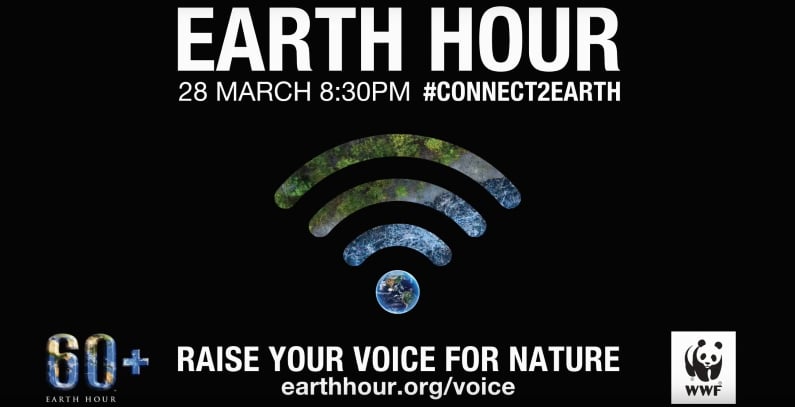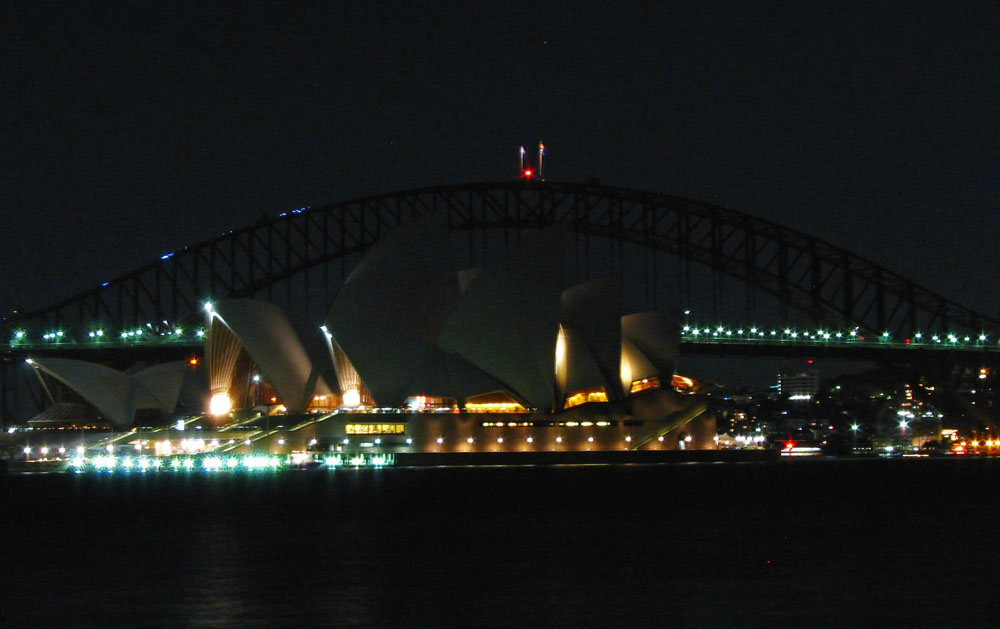
A well-known Chinese proverb states: "A journey of a thousand miles begins with a single step." On March 27, 2021, millions of people worldwide will take the first step towards reversing climate change by turning off all lights and electronics from 8:30 - 9:30 PM local time. The hour-long voluntary rolling blackouts, also observed by landmark structures such as the Eiffel Tower and the Empire State Building, are more than symbolic gestures. They are catalysts for urgent change.
Now in its 14th year, Earth Hour is the brainchild of the Australian chapter of the World Wildlife Fund (WWF). On March 31, 2007, the nonprofit urged the citizens and businesses in Sydney to switch off all lights and turn off all non-essential devices for one hour. Over 2 million households and 2,100 enterprises complied with the request. This small action helped save 10% of the electricity — the equivalent of the carbon dioxide emitted by 48,000 cars— consumed by the city's residents in a regular evening hour.

As news of the impact spread, more people became inspired to join the Earth Hour movement. In 2008, over 50 million people in over 5,000 cities worldwide observed the event, and the numbers have only grown since. Today Earth Hour, held annually on the last Saturday of March, is the biggest voluntary environmental movement globally and is celebrated in over 180 countries and territories.
The date coincides with, or is shortly after, the spring equinox in the Northern Hemisphere and the autumn equinox in the Southern Hemisphere — when both hemispheres experience sunset at about the same time. This ensures the best visual impact and makes for impressive images of the usually glimmering city skylines going dark.
Besides making an immediate difference, the WWF says the worldwide participation demonstrates people's desire to do their share to reverse climate change. In the past decade, the Earth Hour movement has inspired several global initiatives to protect the environment and instigated numerous policy change. This includes the establishment of a 3.5-million-hectare protected marine area in Argentina and a 2,700-hectare Earth Hour forest in Uganda. It also helped secure new legislation to protect Russia's seas and forests, and led to the planting of 20,000 mangrove seedlings in 13 cities in Indonesia.
While the big changes certainly help, minor lifestyle changes can make a big difference as well. According to the WWF, simple actions such as turning off unnecessary lights or choosing wood pencils over plastic ones can go a long way to help reverse climate change.

Not sure what to do without your gadgets and television for a whole hour? WWF suggests organizing a candlelight dinner for your family or, even better, a picnic under the stars. If that is not exciting enough, then how about a late-night hike or bike ride? Those that want to make it an Earth "Night" could also plan a camping trip, complete with an old-fashioned bonfire and yummy s'mores! Remember, climate change can be reversed if we all help — so, be sure to do your part!
Resources: WWF.com, Wikipedia.com
